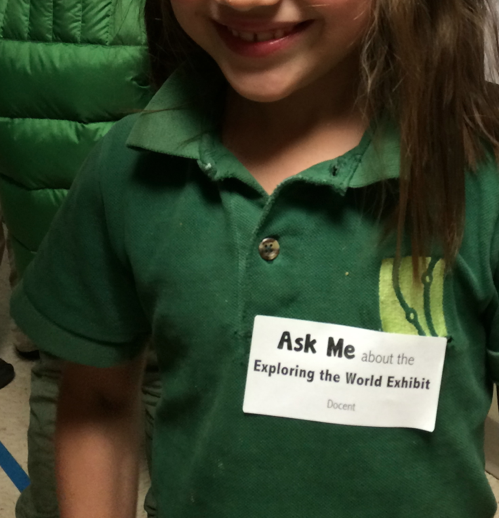
Kiddo: "I'm finally on Chapter 6! It's called "Lawbreakers" so I think someone is going to break the law." (He was reading The Drinking Gourd.)
Me: "Hmm, breaking the law seems like something big to happen in Chapter 6, are you sure that no one has broken the law yet?"
I pulled him over to my table and flipped through the book with him, asking a few basic comprehension questions. It was clear that he understood the big idea: an African American family is trying to escape from slavery with the help of a white father and his son.
Me: "There is another character too! "The Marshall": who is he?"
Kiddo: "I'm not sure exactly. He might be the African American dad."
Me: "This seems important. Let's confirm who the Marshall is before you move on."
I took a big Post-it and stuck it in the book on Chapter 6. I wrote "Who is the Marshall? What is he doing?". Then I asked the kiddo to go back to the story and find evidence in the text to help him answer the questions. As he looked back through the book, he developed a few other theories about the Marshall. Eventually he determined that the U.S. Marshall was trying to bring the African American family back to slavey.
Me: "What do you know about the setting of this book?"
Kiddo: "Well, it's in the past. When there was slavery."
Me: "How can that help you understand what's going on? What is the white family doing by helping the slaves?"
Kiddo: "Oh! Even though they were doing a good thing, it was actually breaking the law to help slaves get free! Tommy and his dad are the lawbreakers!"
Yes! This insight was essential to really understanding the text, and this first grader was completely capable of understanding it. He just needed a little support along the way to get there. Although this wasn't a planned activity, or a whole class lesson, this is what I think of when I think of close reading. The challenge is finding the time to check in with all of my readers during their independent reading to ensure they are really pausing, questioning, predicting, and making connections. It's wonderful when it happens!




















































